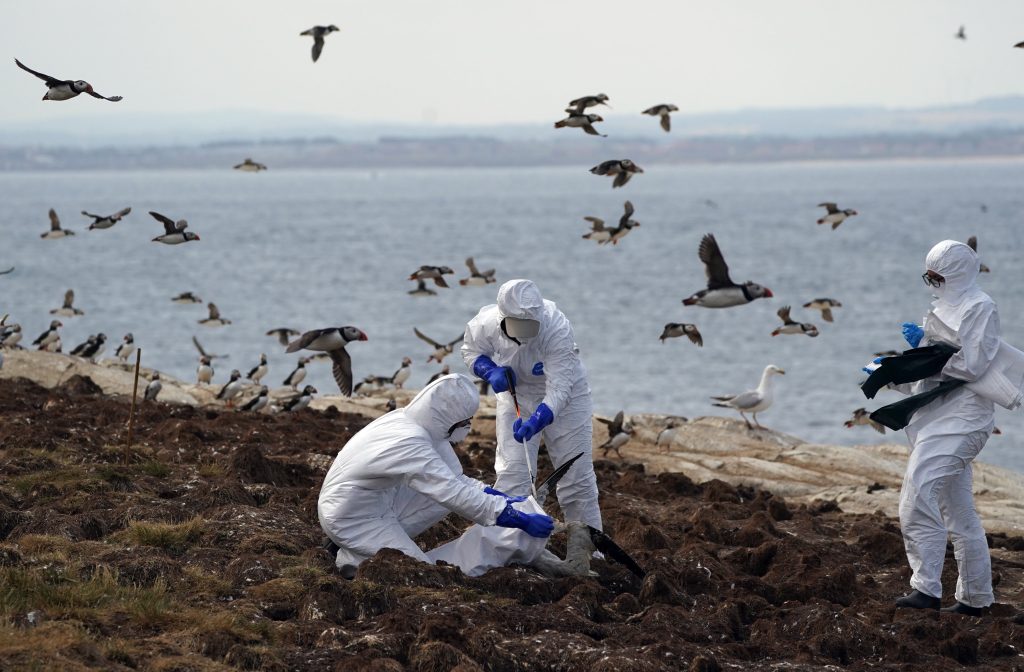In recent weeks, the specter of avian influenza, commonly known as bird flu, has cast a shadow over communities across the United States, as authorities grapple with the emergence of a second human case and outbreaks among livestock. With the virus spreading through dairy herds in states such as Texas, Michigan, and Idaho, concerns regarding its potential impact on public health and agricultural stability have reached a critical juncture. As experts scramble to assess the risks and implement preventive measures, it is essential to understand the nuances of the avian flu crisis, from its origins and symptoms to the strategies for containment and mitigation.
- Avian Flu Resurgence: A Second Human Case Emerges The confirmation of a second human case of avian influenza in the United States, originating from close contact with infected dairy cows in Texas, has heightened concerns surrounding the spread of the virus. The rarity of human cases underscores the severity of the situation, with authorities emphasizing the need for heightened vigilance and precautionary measures.
- Understanding Avian Influenza: Origins and Transmission Avian influenza, a subtype of the influenza A virus, primarily affects birds, particularly wild aquatic species such as ducks and geese. The virus can undergo genetic mutations, giving rise to newer strains with varying degrees of virulence and transmissibility. Human infections typically occur through direct contact with infected birds or their droppings, highlighting the importance of stringent biosecurity measures in preventing transmission.
- Recognizing Symptoms and Risks The symptoms of avian flu resemble those of conventional flu, including coughing, body aches, and fever. However, in severe cases, individuals may develop pneumonia, leading to life-threatening complications. While the risk of human-to-human transmission remains low, close contact with infected animals poses a significant risk, particularly among farmworkers and individuals handling poultry.
- Expert Insights and Response Efforts Health authorities, including the Centers for Disease Control and Prevention (CDC), have underscored the seriousness of the avian flu situation, emphasizing the importance of proactive measures to contain its spread. Dr. Mandy Cohen, director of the CDC, has highlighted the need for precautions among farmworkers handling cattle, acknowledging the potential for cross-species transmission.
- Geographic Spread and Impacted States The avian flu outbreak has been identified in several states, including Texas, Michigan, Idaho, New Mexico, and Kansas, raising concerns about its potential spread across regions. Federal agencies have issued joint statements to alert the public and implement surveillance measures to monitor the extent of the outbreak and mitigate its impact on human and animal populations.
- Prevention and Control Measures Efforts to contain the spread of avian flu encompass a range of strategies, including enhanced biosecurity protocols on farms, surveillance of wild bird populations, and prompt detection and response to outbreaks. Vaccination campaigns targeting poultry populations may also play a crucial role in limiting transmission and protecting both animal and human health.
- Vaccine Development and Preparedness Pharmaceutical companies are closely monitoring the avian flu situation and stand ready to develop vaccines if necessary. Manufacturers such as Sanofi, GlaxoSmithKline, and CSL Seqirus have affirmed their commitment to advancing vaccine development efforts to mitigate the potential threat posed by the virus.
- Public Awareness and Preparedness In the face of the avian flu crisis, public awareness and preparedness are paramount. Education campaigns highlighting the symptoms, risks, and preventive measures can empower individuals to take proactive steps to protect themselves and their communities. Furthermore, collaboration between government agencies, healthcare providers, and agricultural stakeholders is essential to coordinate response efforts and mitigate the impact of the outbreak.
The resurgence of avian influenza poses a significant challenge to public health and agricultural security. By understanding the nature of the virus, recognizing the symptoms, and implementing robust prevention and control measures, stakeholders can effectively mitigate the risks associated with the outbreak. Through collective vigilance and coordinated action, we can navigate the avian flu crisis and safeguard the well-being of both human and animal populations.
